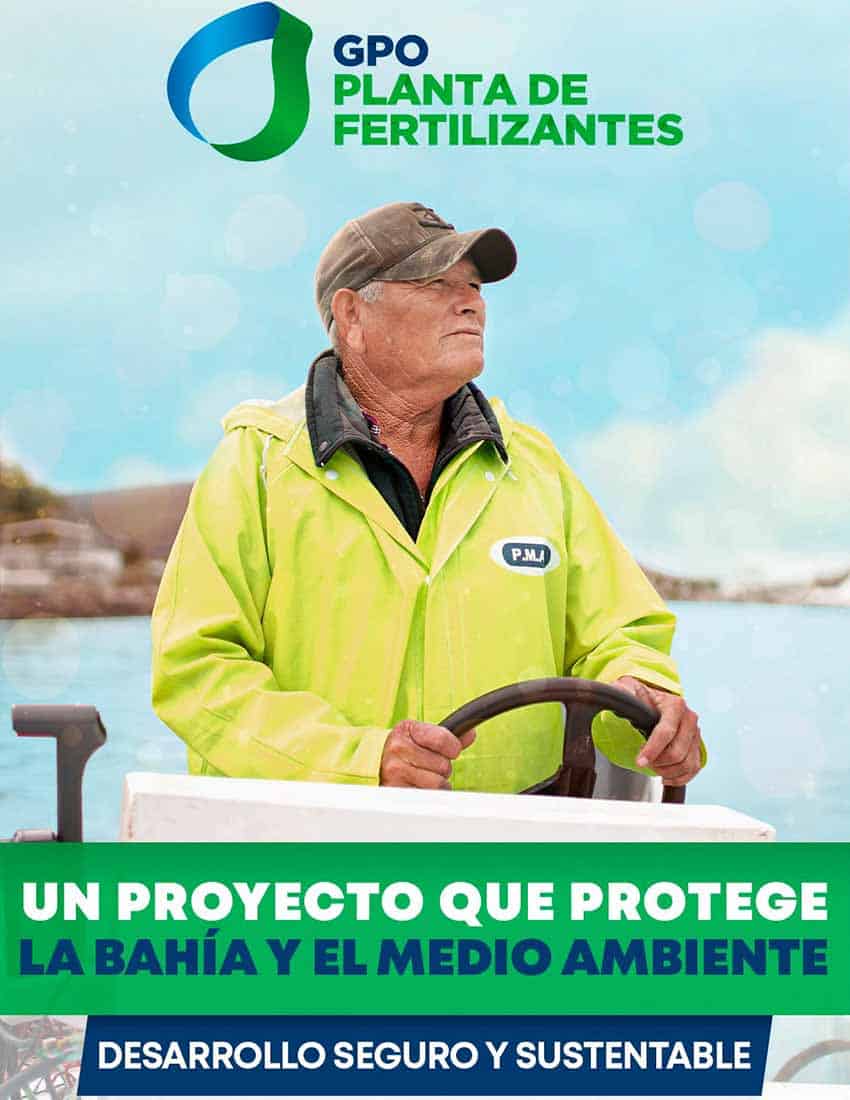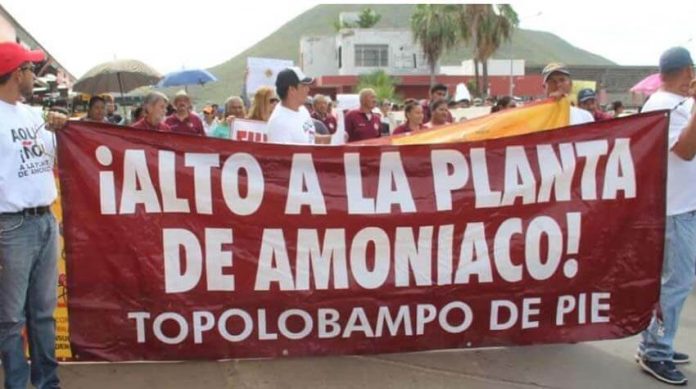The Supreme Court (SCJN) has revoked the environmental authorization granted to a US $5 billion fertilizer plant in Sinaloa because the federal Environment Ministry failed to consult the local indigenous community about the project.
A federal government referendum held last November found almost 76% support for the construction of an ammonia and urea plant in Topolobampo, a port town 20 kilometers southwest of Los Mochis. However, work on the project, which began in 2018, has been stalled since March 2019, when a federal judge halted the project due to environmental concerns.
Despite the results of the 2021 federal referendum, the SCJN ruled on Wednesday that the project – the largest ever in Sinaloa in terms of investment – can’t go ahead until the local indigenous community has been consulted.
With the ruling, the court upheld a separate 2021 federal court injunction that ordered that a consultation process with the indigenous residents be carried out before environmental authorization – first granted in 2014 – can be reconsidered. That injuction, issued by a Los Mochis-based federal judge, came in response to an application filed by residents of a fishing community in Ahome, the municipality where the fertilizer plant is to be located.
The company Gas y Petroquímica de Occidente (GPO) – a subsidiary of Swiss-German construction group Proman AG – is behind the project.

Many fishermen have said the operation of the plant would cause irreparable damage to the Santa María, Topolobampo and Ohuira lagoons and restrict the area in which they can work.
Environmental activists say that marine life such as turtles and bottlenose dolphins would be adversely affected, while the head of the federal government’s Natural Protected Areas Commission said in 2019 that having an ammonia plant so close to lagoons protected by the Ramsar Convention on Wetlands of International Importance “is not possible.”
GPO has rejected claims that the plant’s operation would damage the environment and says that the project will generate 2,500 jobs in its initial stage and benefit farmers in 10 states.
No ammonia or urea is currently produced in Mexico.
The SCJN ruled that a “free and informed” consultation process mustn’t take longer than four months. The Environment Ministry must collaborate with the National Institute of Indigenous Peoples to conduct the consultation in accordance with International Labour Organization protocols.
“It’s not viable to exclude the indigenous community nor deny them their right to express opinions and points of view … with respect to a decision … that has a bearing on their territory and the ecosystems found there,” the SCJN said in its ruling.

The fishermen who filed an injunction request with the Los Mochis federal court live in Lázaro Cárdenas, a community on the opposite side of Ohuira Bay to where GPO wants to build the fertilizer plant. They say there is a risk that natural gas and ammonia will leak from the plant.
The Supreme Court has halted and canceled other projects due to authorities’ failure to consult with indigenous communities. It revoked two mining concessions in Puebla in February because the federal government failed to consult with the local indigenous community before granting them.
With reports from Reforma
